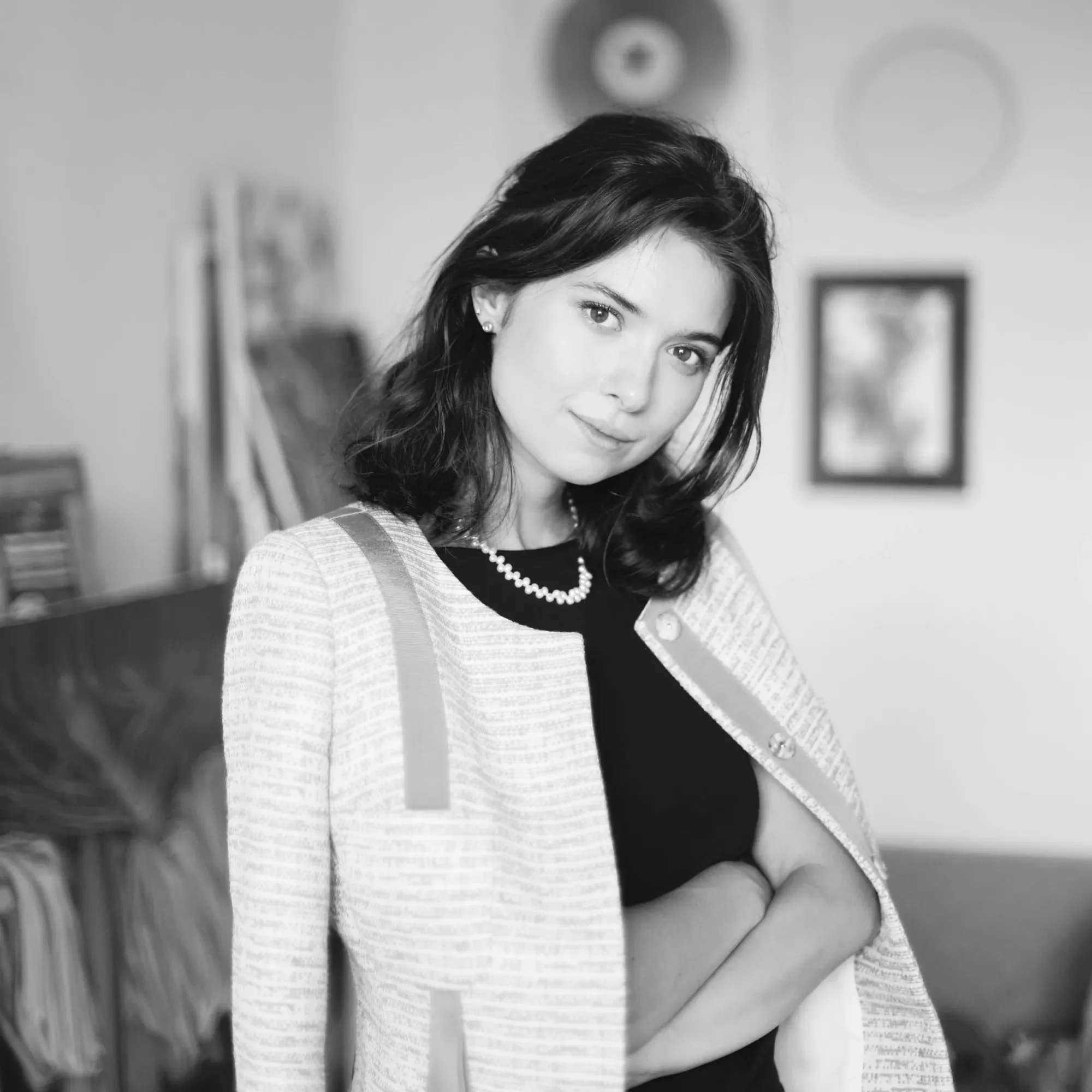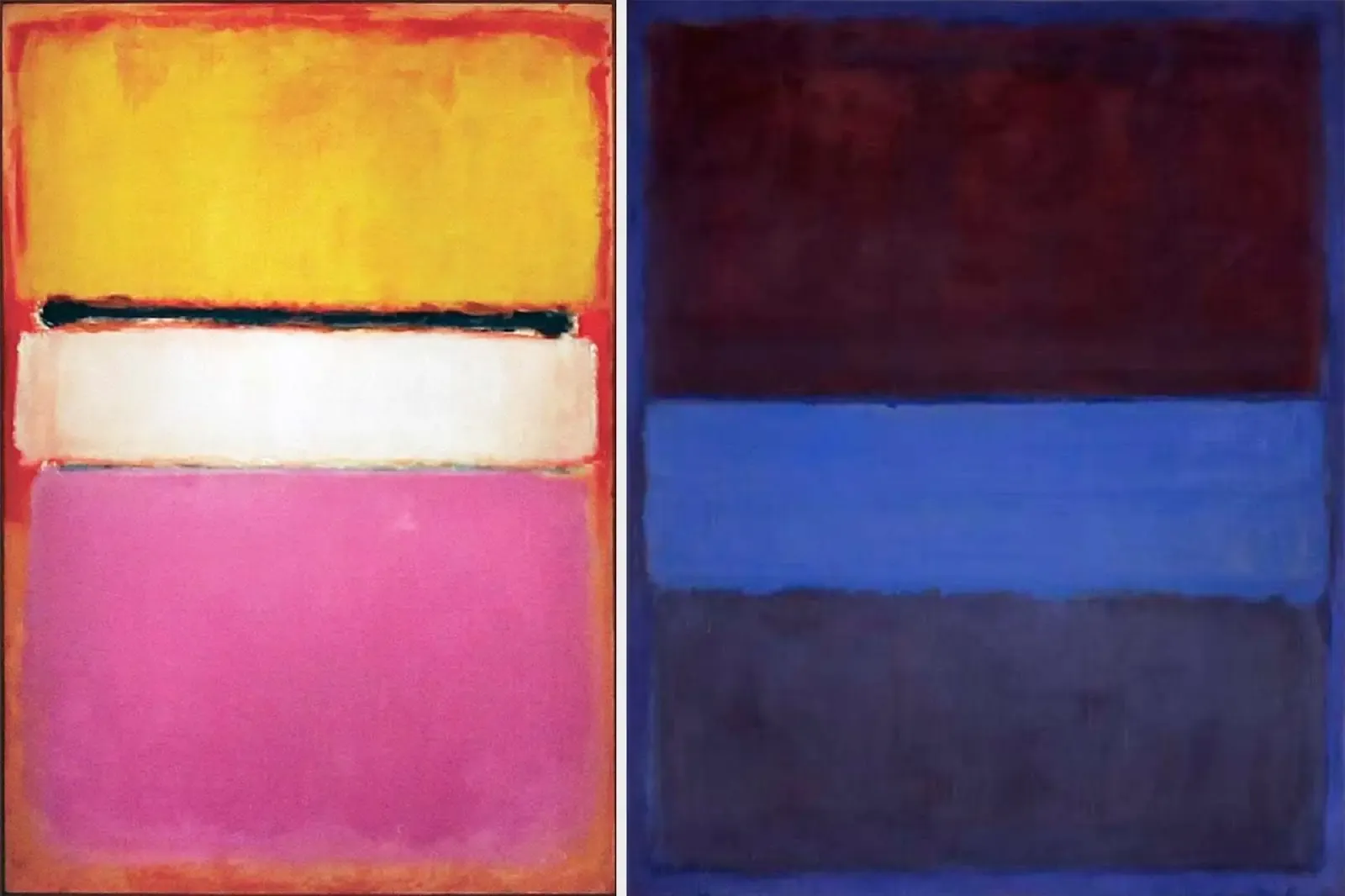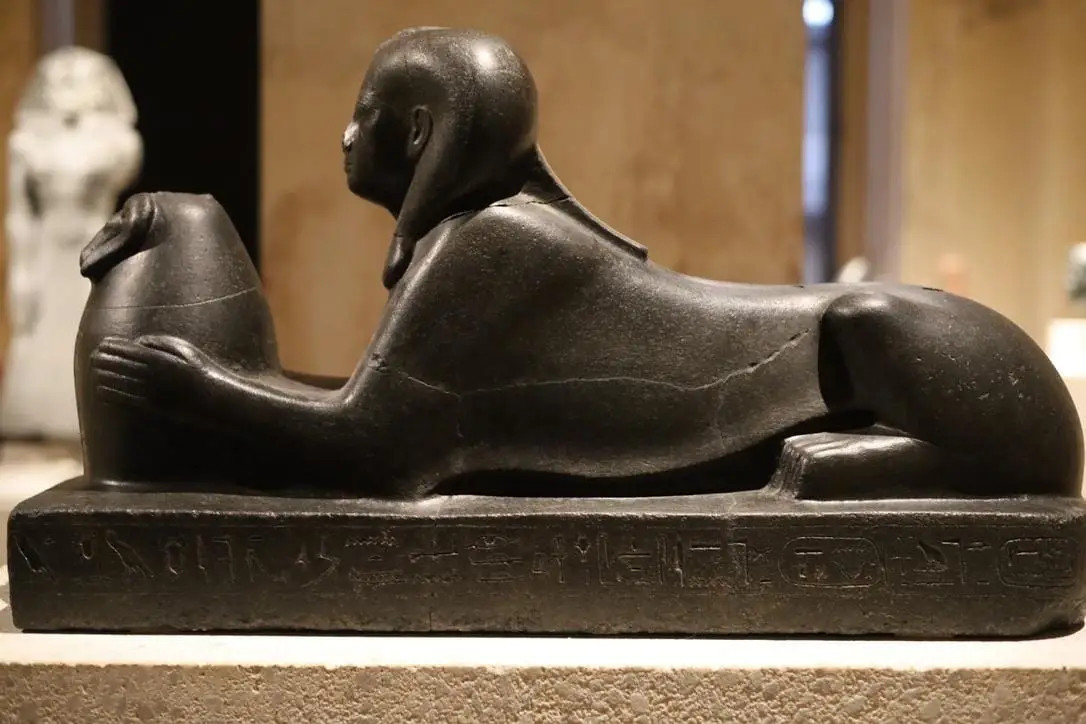A Guide to Famous Spanish Artists and Their Masterpieces
The artistic heritage of Spain stands as one of the oldest and most distinguished in global history because several world-renowned artists originated from this nation. Throughout history Spanish artists have been central to the development of artistic movements which extended from the Renaissance period into Modernism. The creations of Spanish artists capture Spain's cultural history while addressing universal subjects including human existence, conflict and spirituality together with the details of daily living. Spanish artists have made a permanent mark on worldwide art through their visionary creativity and innovative approaches.
The artistic legacy of Spain showcases an impressive range from Diego Velázquez's royal realism to Pablo Picasso's daring abstract art. Spanish artists have historically pushed artistic boundaries by experimenting with form and color techniques to revolutionize traditional understandings of art. Spanish artists have created works that reach beyond traditional methods to incorporate surreal elements and abstract visions while drawing inspiration from Spain’s multifaceted identity and historical background.
1. Diego Velázquez (1599-1660)
Diego Velázquez stands as a pivotal figure of the Spanish Golden Age while earning recognition as one of Western art history's supreme painters. He achieved acclaim through his realistic portrayals which combine psychological insight with exceptional control over light and texture.
"Las Meninas" (1656) stands as Velázquez’s most renowned painting and remains a landmark piece in Western art history. The artwork depicts the Spanish royal court while highlighting Infanta Margaret Theresa with her entourage and Velázquez himself in attendance. This painting stands as an important artistic milestone because of its inventive composition alongside a sophisticated use of perspective and its merging of reality with illusion. The painting provides an exclusive view into Spanish court life and prompts reflection on artistic principles and the artist's purpose.

2. Francisco Goya (1746-1828)
The artistic legacy of Francisco Goya places him at the transitional point between Old Masters and modern artists. The artistic evolution of Francisco Goya shifted from Rococo style to portraits of war and human suffering that explore deep existential themes. Goya demonstrated remarkable adaptability which enabled him to produce significant works across multiple artistic genres including portraiture and social critique.
"The Third of May 1808" (1814) illustrates the brutal execution of Spanish civilians by French troops during the Peninsular War. The juxtaposition of light versus darkness and the visible suffering of the victims in the artwork demonstrates Goya’s exceptional talent to depict the harshness of warfare. As one of the earliest modern war paintings it set a precedent for future artists who wanted to depict violence and human suffering.

"Saturn Devouring His Son" (1819-1823) The artwork "Saturn Devouring His Son," created between 1819 and 1823, belongs to Goya's "Black Paintings" series that he produced during his final years while experiencing both mental and physical deterioration. The painting "Saturn Devouring His Son" portrays the Roman deity Saturn consuming one of his offspring as a representation of time's and power's destructive nature. The terrifying visuals and intense emotion behind this painting position it as one of Goya's most memorable masterpieces.

3. Pablo Picasso (1881-1973)
Pablo Picasso remains one of the most influential artists who shaped the artistic landscape of the 20th century. As a Cubist movement co-founder and modern art pioneer Picasso created works that display an extensive spectrum of styles ranging from classical to abstract. Through continuous innovation and exploration of new techniques while defying artistic norms Picasso secured his position at the highest level of art history.
Picasso created "Guernica" (1937) as a reaction to the aerial attack on the town of Guernica during the Spanish Civil War. The artwork stands as a massive black-and-white mural that depicts the turmoil and devastation brought about by the bombing attack. Picasso communicates war's horror and pain through his depiction of distorted and fragmented figures. The painting "Guernica" stands as a timeless emblem of wartime suffering while being recognized as one of the most impactful anti-war artworks ever created.

"Les Demoiselles d'Avignon" (1907) set the foundation for Cubism while transforming artistic representation of the human body. Picasso transforms the human form into sharp angular shapes within "Les Demoiselles d'Avignon" and merges influences from African, Iberian, and Classical art. The artwork achieved groundbreaking status through its rejection of traditional perspective and its daring examination of abstract concepts.
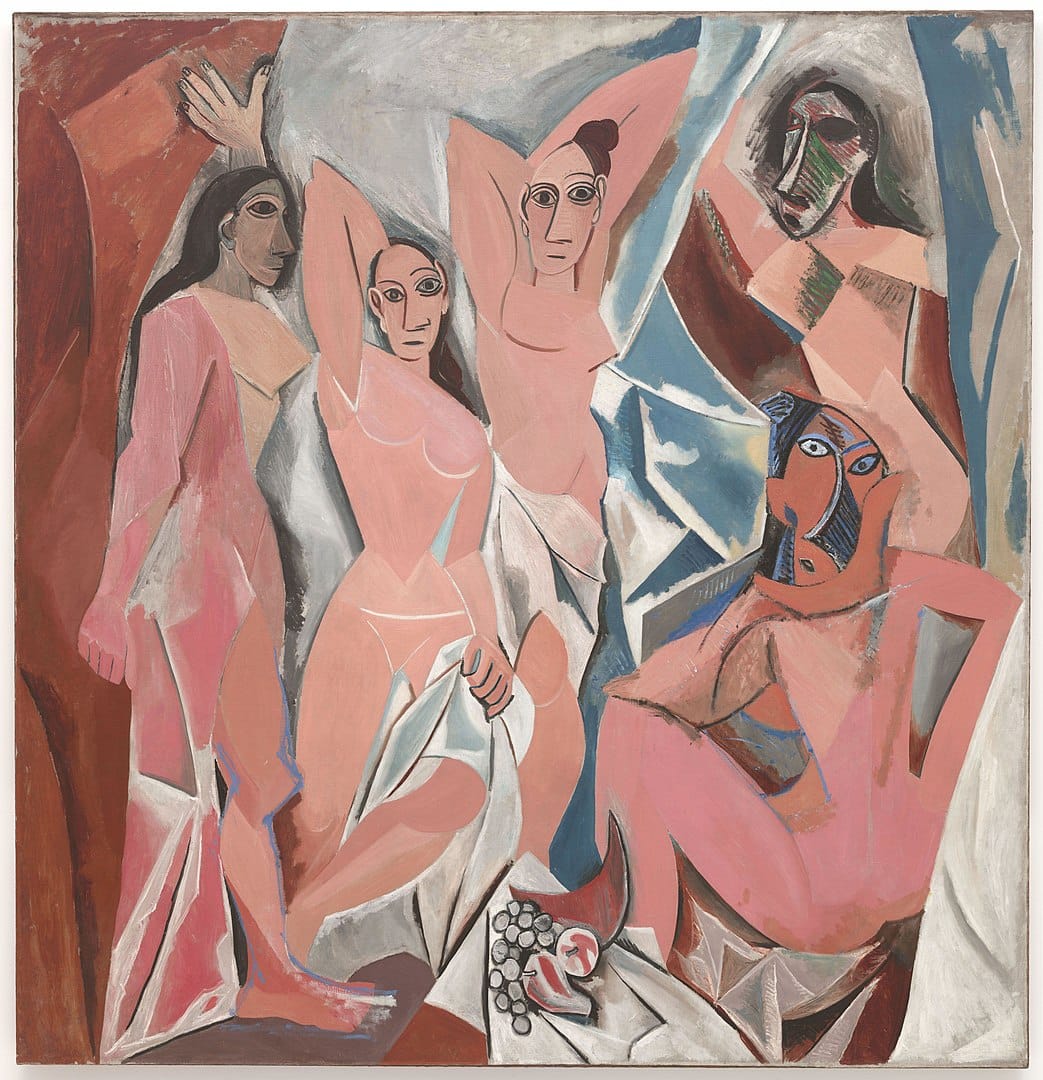
4. Salvador Dalí (1904-1989)
Salvador Dalí emerged as a pivotal Surrealist artist who gained recognition for both his unusual character and his imaginative yet dreamlike creations. Dalí created artwork that combined subconscious themes with elements of time and irrationality through imaginative blends that challenge logical understanding.
Salvador Dalí's most renowned painting from 1931 showcases melting clocks draped over tree branches and various objects within a desolate landscape. The surreal portrayal of time as both fluid and distorted represents a reflection on the relative nature of reality while highlighting human perception’s vulnerability. The artwork's ethereal atmosphere combined with its dreamlike appearance has established it as one of the most famous images throughout art history.
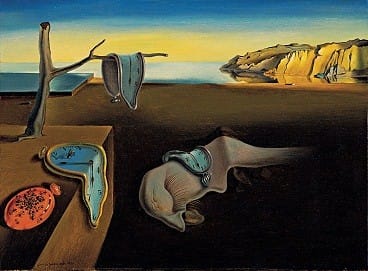
This later painting from 1955 shows Dalí's surreal interpretation of the biblical Last Supper scene with his unique surrealist approach. A floating geometric shape occupies the background of Dalí's painting while his artwork shows his interest in science alongside religious and mystical elements. The work merges religious symbols with Dalí’s imaginative visuals to express his intricate understanding of religion and reality.

5. Joan Miró (1893-1983)
The Spanish artist Joan Miró gained recognition as a painter, sculptor, and ceramicist through his connections to both Surrealism and Abstract Expressionism. His artistic approach features a playful whimsey through his bold color palette and organic abstract shapes. The artworks of Miró frequently delve into the connection between subconscious thoughts and elements of nature.
"The Harlequin's Carnival" (1924-1925) stands as an essential example of Miró’s initial foray into Surrealist painting. The artwork shows an imaginative landscape with eccentric figures, abstract patterns and vibrant colors. The artwork contains abundant symbolic references that create a festive atmosphere while mirroring Miró's fascination with dream imagery and the unconscious.
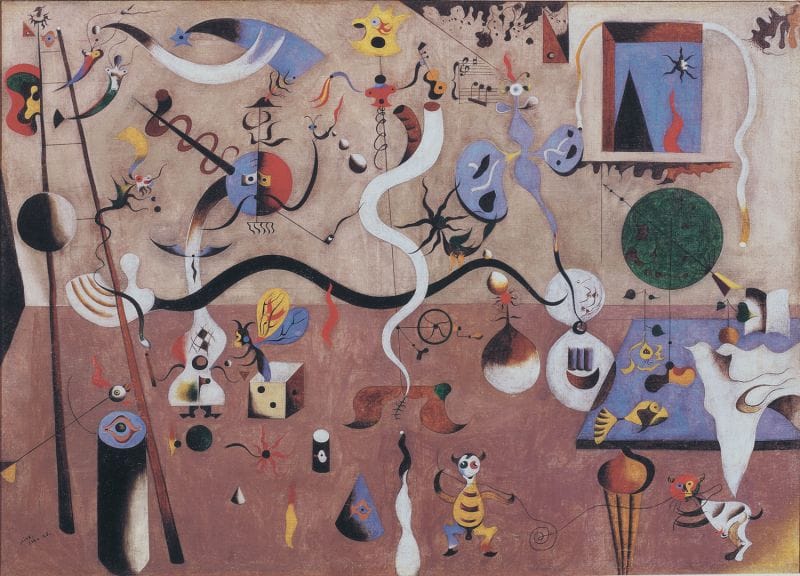
"Blue II" (1961), belonging to Miró’s "Blue" series showcases an abstract composition with mysterious shapes and symbols that evoke a profound sense of tranquility. Through its use of various blue tones the artwork establishes a dreamlike mood which encourages viewers to personally interpret its abstract shapes and symbols. The painting represents Miró’s unique method of abstract art through his examination of fundamental shapes and colors.
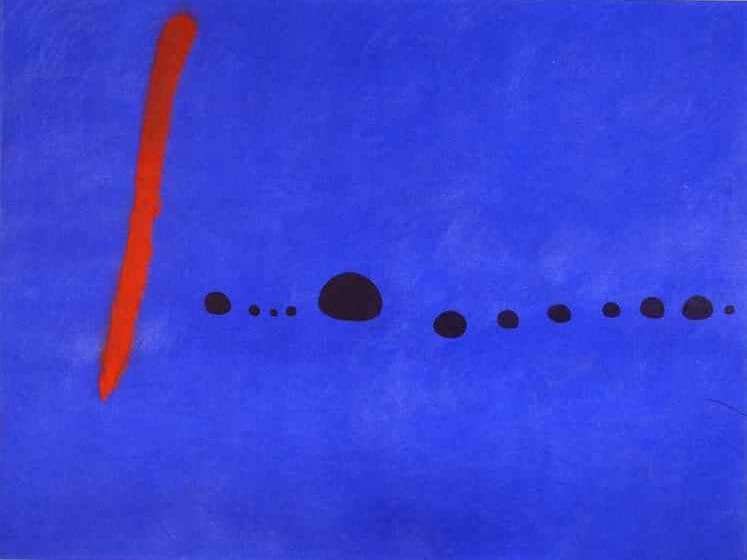
6. Antonio Gaudí (1852-1926)
Antoni Gaudí achieved fame through his architectural works yet gained recognition as a visionary artist due to his distinctive design style. His architectural works feature organic designs along with bright color schemes and detailed mosaic patterns which integrate elements from Gothic, Art Nouveau and Modernisme styles. Antoni Gaudí’s designs integrate spiritual elements and natural inspiration so that his structures appear to grow naturally from their environment.
The basilica of La Sagrada Familia stands as Antoni Gaudí’s most renowned architectural achievement yet remains under construction since 1882 in Barcelona. The church displays surreal towering spires and intricate facades which represent the essence of Catalan Modernism. The architectural plan of the building reflects Gaudí's spiritual beliefs and his appreciation for nature which manifests in tree-like columns and facades that display biblical imagery. Architectural experts view La Sagrada Familia as the pinnacle of innovative building design throughout history.
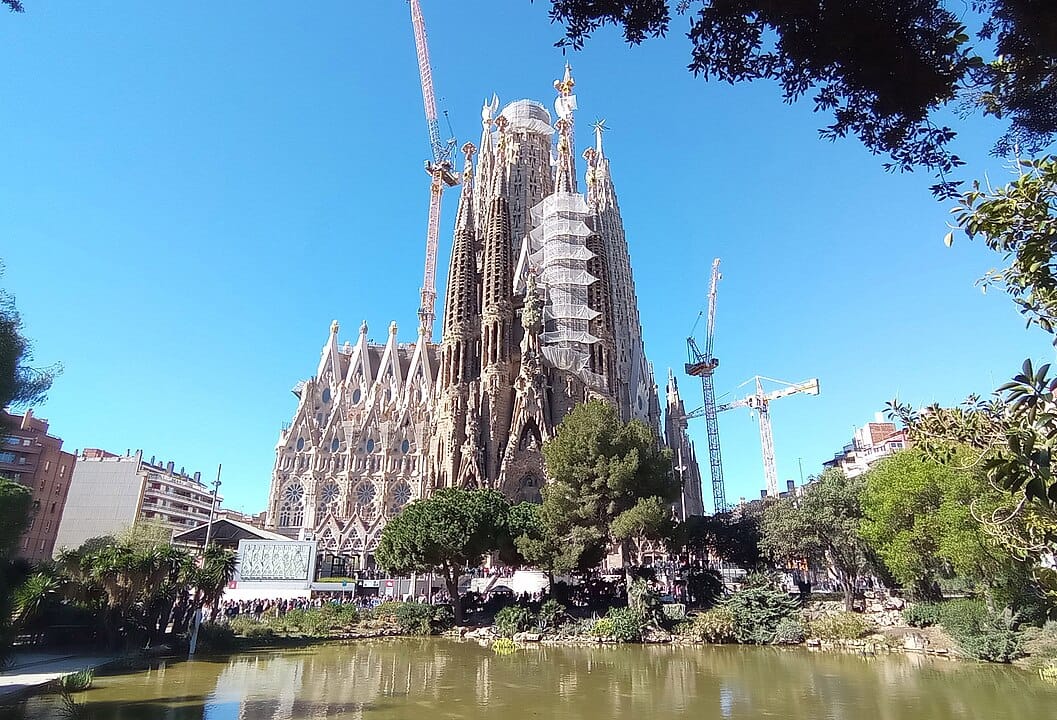
Park Güell stands as another iconic creation by Gaudí in Barcelona that showcases imaginative mosaics alongside vibrant sculptures and twisting bench designs. Its seamless blending of natural surroundings with imaginative features establishes Park Güell as a globally cherished public space.
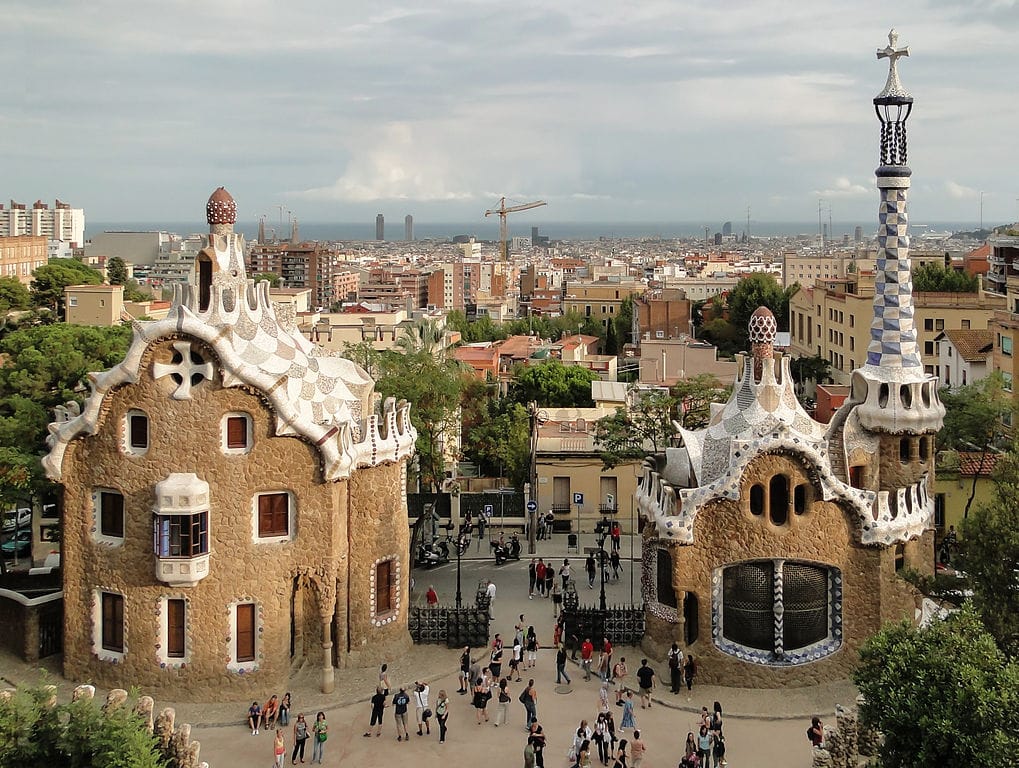
The featured Spanish artists Velázquez, Goya, Picasso, Dalí, Miró, and Gaudí showcase a wide range of artistic styles through different historical periods. Artists from Velázquez’s realistic psychological portrayals to Dalí’s abstract surrealism have each contributed a lasting impact to the worldwide art landscape. The creations of these Spanish artists both mirror Spain’s unique cultural and historical background and maintain their influence on contemporary artists and art enthusiasts worldwide. The artistic heritage of Spain demonstrates its lasting influence on Western art while its creations stand as eternal representations of artistic innovation and emotional intensity.
